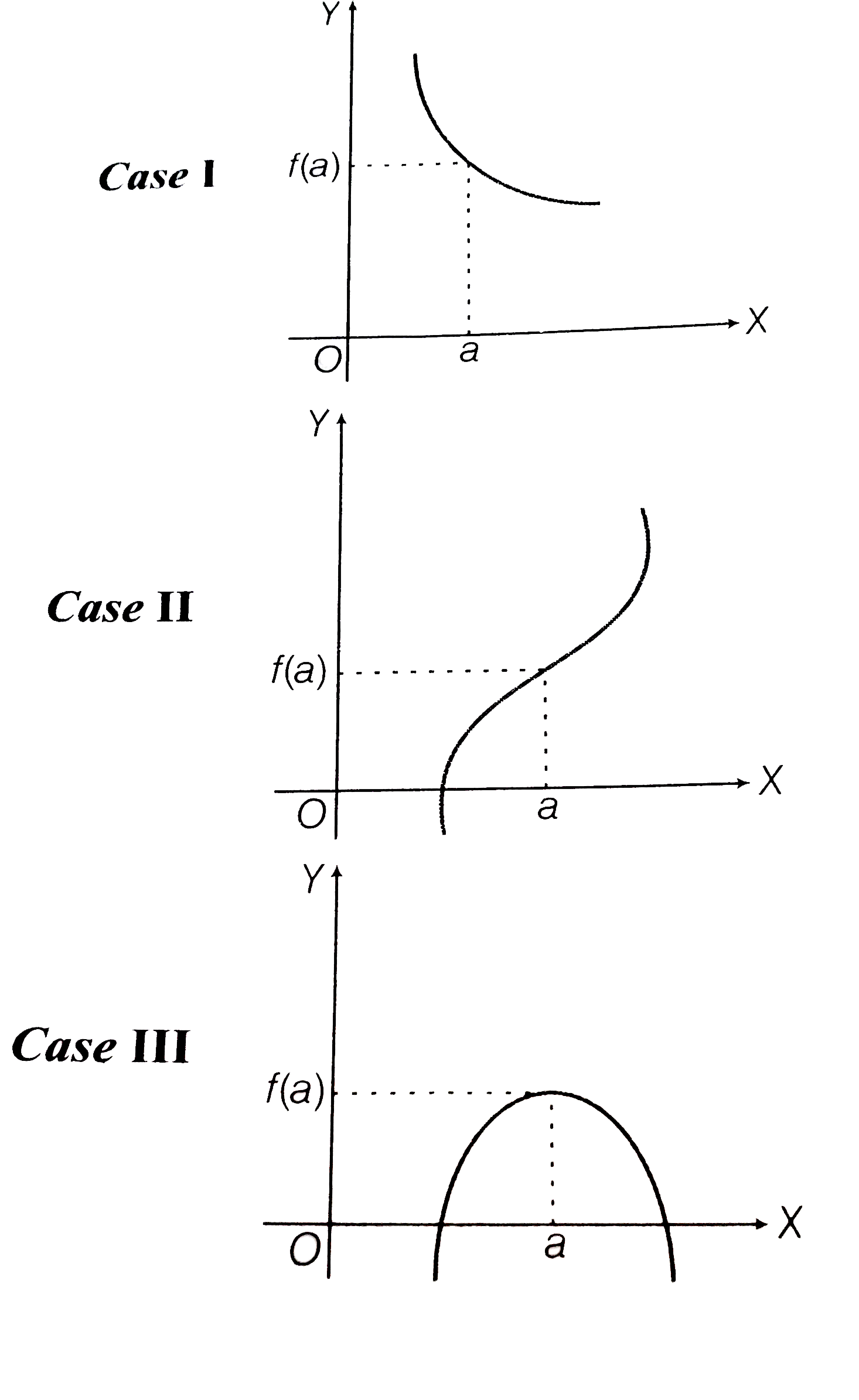The numbers 1,3,6,10,15,21,28... are called triangular numbers. Let tn denote the nth triangular number such that tn=tn−1+n,∀n≥2.
The value of t50 is: Solution in Punjabi
2π2
4π2
8π2
1(2π)2
The correct Answer is:B
Step by step video solution for The numbers 1,3,6,10,15,21,28"..." are called triangular numbers. Let t_(n) denote the n^(th) triangular number such that t_(n)=t_(n-1)+n,AA n ge 2. The value of t_(50) is: by Maths experts to help you in doubts & scoring excellent marks in Class 12 exams.
Updated on:21/07/2023Topper's Solved these Questions
- LIMITSBOOK - ARIHANT MATHSCHAPTER - LIMITSEXERCISE - SOLVED EXAMPLES
1 Videos
- LIMITSBOOK - ARIHANT MATHSCHAPTER - LIMITSEXERCISE - Exercise (Single Option Correct Type Questions)
38 Videos
- INVERSE TRIGONOMETRIC FUNCTIONSBOOK - ARIHANT MATHSCHAPTER - INVERSE TRIGONOMETRIC FUNCTIONSEXERCISE - Exercise (Questions Asked In Previous 13 Years Exam)
8 Videos
- LOGARITHM AND THEIR PROPERTIESBOOK - ARIHANT MATHSCHAPTER - LOGARITHM AND THEIR PROPERTIESEXERCISE - Exercise (Questions Asked In Previous 13 Years Exam)
4 Videos
Similar Questions
To evaluate limx→a[f(x)], we must analyse the f(x) in right hand neighbourhood as well as in left hand neighbourhood of x=a. E.g. In case of continuous function, we may come across followign cases.


Iff(a) is an integer, the limit will exist in Case III and Case IV but not in Case I and Case II. If f(a) is not an integer, the limit exists in all the cases. ltbgt If f'(1)=−3 and limx→1[f(x)−12] does not exist, (where [.] denotes the greatest integer function), then
View Solutionlimx→0sin(πcos2(tan(sinx)))x2 is equal to
View SolutionIf α=3sin−1(611andβ=3cos−1(49), where the inverse trigonometric functions take only the principal values, then the correct options (s) is (are)
View SolutionIn Which quadrant Point (−2,−3) will be lie.
View SolutionLet the n^(th) term of a series be given by t_(n)=(n^(2)-n-2)/(n^(2)+3n),n<=3. Then product t_(3)t_(4).....t_(50) is equal to
View SolutionThe numbers 1,3,6,10,15,21,28.…… are called triangular numbers. Let tn denotes the bth triangular number such that tn=tn−1+n,∀n≥2.
The value of t50 is
View SolutionThe numbers 1,3,6,10,15,21,28.…… are called triangular numbers. Let tn denotes the nth triangular number such that tn=tn−1+n,∀n≥2. The number of positive integers lying between t100 and t101 are
View SolutionThe numbers 1,3,6,10,15,21,28.…… are called triangular numbers. Let tn denotes the bth triangular number such that tn=tn−1+n,∀n≥2.
If (m+1) is the nth triangular number, then (n−m) is
View SolutionLet tn denote the number of diagonals of a polygon of n sides . If tn+1−tn=9 find n .
View SolutionIf tn is the nth term of an A.P. then the value of tn+1−tn−1 is ……
View SolutionLet tn denote the nth term in a binomial expansion. If t6t5 in the expansion of (a+b)n+4 and t5t4 in the expansion of (a+b)n are equal, then n is
View SolutionThe numbers 1,3,6,10,15,21,28... are called triangular numbers. Let tn denote the nth triangular number such that tn=tn−1+n,∀n≥2.
The value of t50 is:
View SolutionThe numbers 1,3,6,10,15,21,28... are called triangular numbers. Let tn denote the nth triangular number such that tn=tn−1+n,∀n≥2.
The number of positive integers lying between t100 and t101 are:
View SolutionThe numbers 1,3,6,10,15,21,28... are called triangular numbers. Let tn denote the nth triangular number such that tn=tn−1+n,∀n≥2.
If (m+1) is the nth triangular number, then (n−m) is
View SolutionThe numbers 1,3,6,10,15,21,28.…… are called triangular numbers. Let tn denotes the bth triangular number such that tn=tn−1+n,∀n≥2.
The value of t50 is
View SolutionThe numbers 1,3,6,10,15,21,28.…… are called triangular numbers. Let tn denotes the nth triangular number such that tn=tn−1+n,∀n≥2. The number of positive integers lying between t100 and t101 are
View Solution
